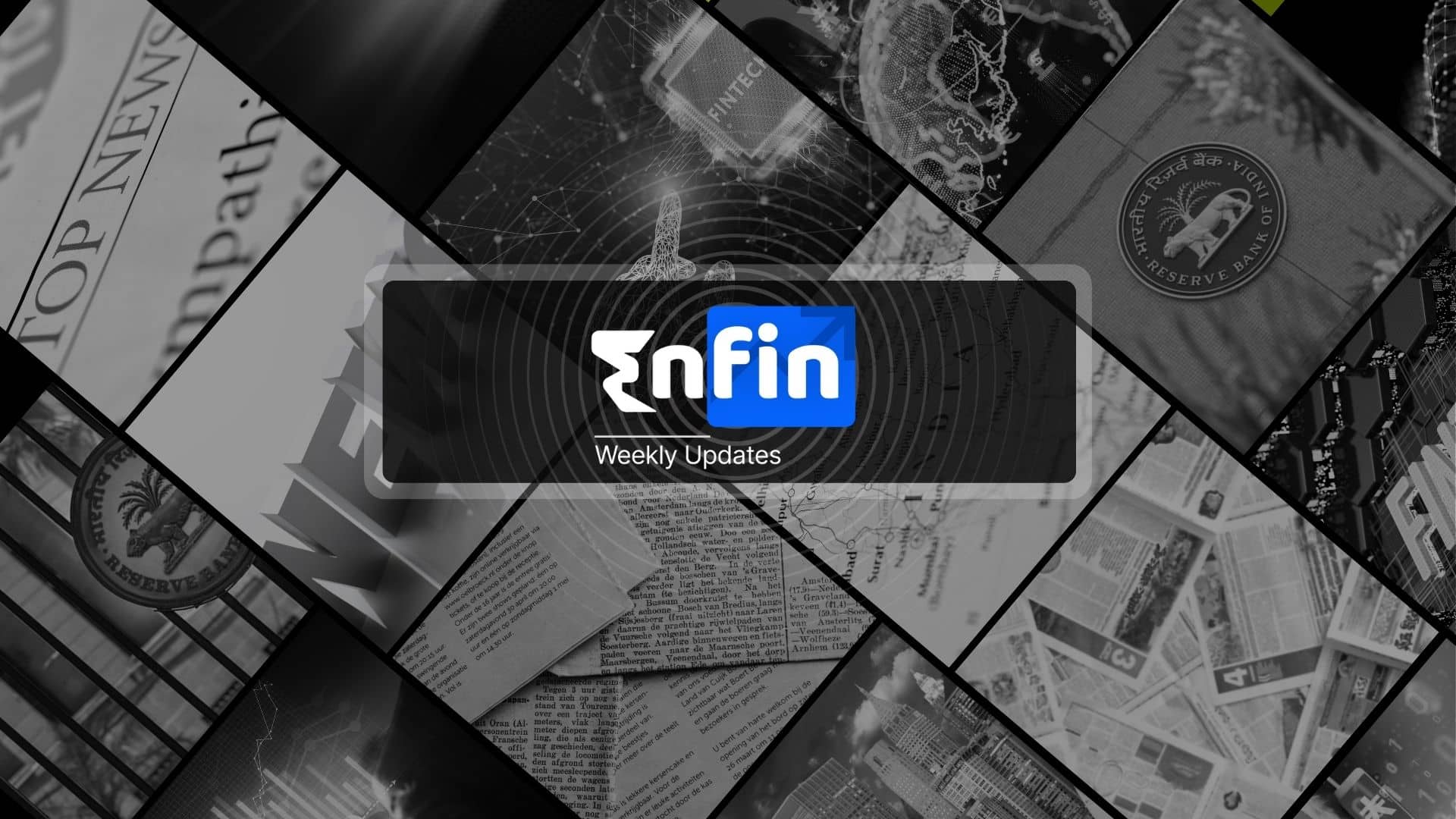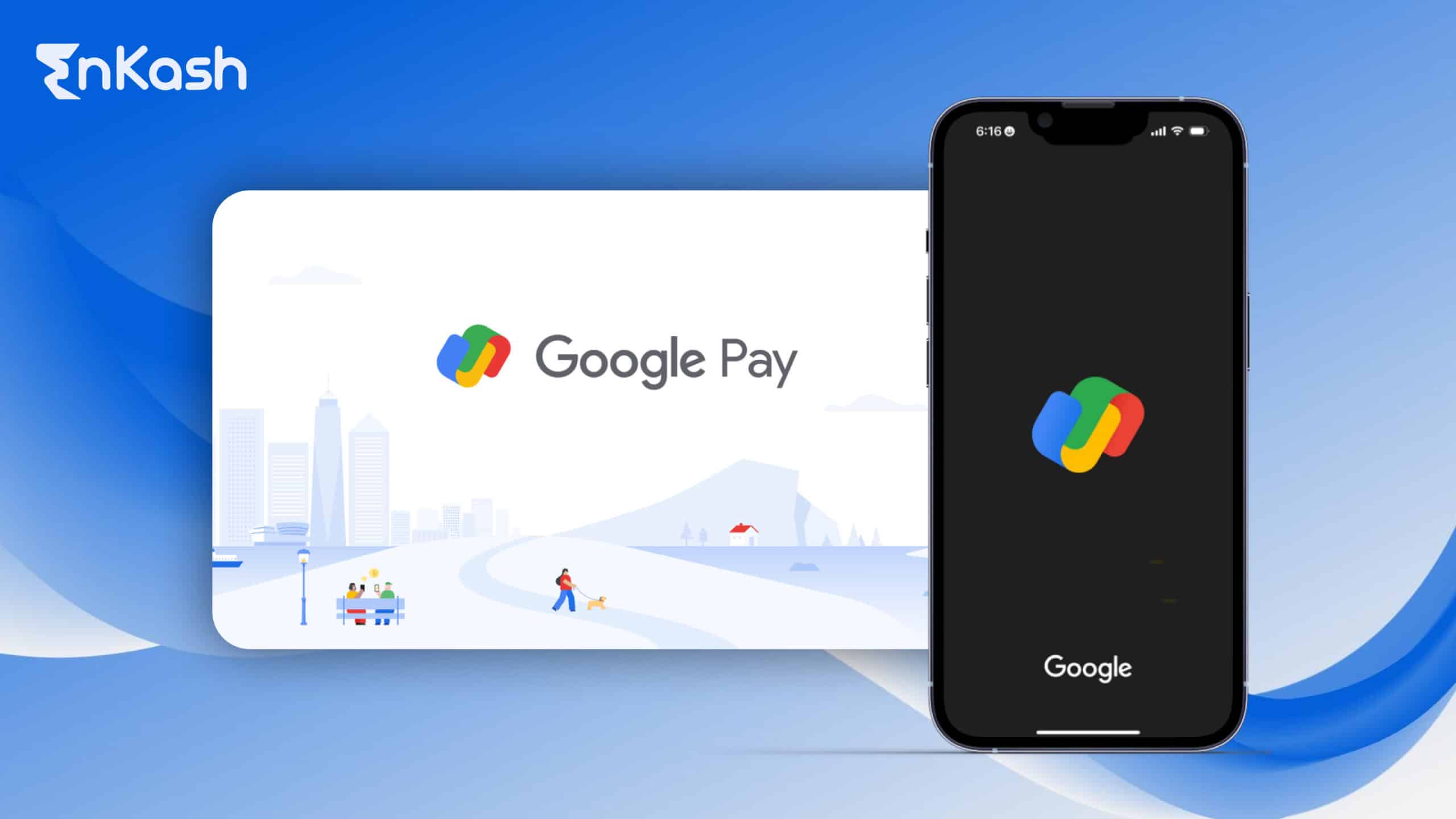FnF settlement means Full and Final Settlement which is an important process that needs to be completed before an employee leaves his/her company to make sure that the employer has settled all payments. This includes salary, bonus, reimbursement, and others. The FnF settlement is based on a standard format and set of rules that cater to all the employee’s pending dues, including paid leaves and gratuity. Knowing what is FnF will help both employees and employers ease the process of their leaving the job and legal compliance, respectively.
What is FNF Settlement?
An FnF Settlement clears all pending and outstanding payments and dues when an employee leaves an organization. This is a simple answer to what is FNF settlement. It is an end-of-service where the employer and employee fulfil their financial obligations and legal liabilities. The FnF Settlement is crucial, whether it is resignation, retirement, dismissal, or termination. All outstanding dues, such as pending salaries, bonuses, earned leaves, and advances, have to be settled.
Why is an FnF Settlement Important?
For the employees, an FnF settlement provides a guarantee that they leave a company with the benefits and pay they are entitled to. For employers, it ensures that the company remains financially and legally clean, avoiding the possibility of disputes or legal actions against them. The failure to provide a proper FnF settlement may create dissatisfaction in employees and, in some cases, may result in partial or complete legal action against the employer.
Settlements at FnF are an important part of the exit process for employees. They ensure that all financial obligations are paid and that no further disputes can arise. Therefore, it’s wise to know what’s included in a settlement and why.
What Does an FnF Settlement Include?
The FnF settlement involves a number of components that an employer needs to work out and pay off to the employee before he or she leaves the company. They are:
- Unpaid Salary
- Earned Leaves
- Reimbursements
- Bonus or Incentives
- Gratuity
- Deductions
Read More: Employee Expense Reimburesement
When is an FnF Settlement Required?
The FnF settlement process has to start when an employee leaves the company for whatever reason, whether through resignation, retirement, termination, mutual separation, layoff, or VRS. At the end of the process, the employee gets all the benefits he is entitled to, and the employer is absolved of any liability with the employee.
Full and Final Settlement Format
A Full and Final settlement format ensures that all monetary aspects or debts that will be faced and cleared between the employer and the employee at the time of the exit are clearly stated, settled, and agreed to. The format might be slightly different in every company but will always be structured in a very systematic manner to ensure clarity, accuracy, and legality of the paper.
Importance of Following a Structured Format
A final settlement not only ensures clarity and transparency in the exit process but also helps avoid any disputes and discrepancies, adhering to company policies and legal requirements.
A clearly defined full and final settlement format provides an opportunity for a smooth exit for employees and an assurance that employers meet their financial obligations. This format helps keep confusion at bay and maintains transparency in the settlement process.
Components of an FnF Settlement Format
The full and final settlement format must have all the important information that a company requires for a settlement. The below components are commonly included:
- Details of Employee
- Full name
- Employee ID
- Designation
- Department
- Last Working Day
- Final Month Salary
- Earned Leave Encashment
- Gratuity Payment
- Bonus and Incentives
- Reimbursements
- Deductions
Also Read: Insights into your Finances with Expense Management
Format for Full and Final Settlement Letter
Once the total amount payable by the company is calculated, the HR department or the accounts team, send the employee a full and final settlement letter. This is to be sent to the employee in order to settle the matter once and for all. The letter is to be written formally and mention all the details with regard to the settlement.
Date: The date on which the letter is issued.
Employee Information: Name, designation, employee ID, and the last working day.
Final Payment Summary: A breakdown of the parts, including arrears, leave encashment, gratuity, bonus, and reimbursements.
Deductions: Any deductions, including taxes, loans, or penalties.
Net Payable Amount: Amount payable to the employee after all earnings and deductions.
Acknowledgement: An area where the employee and the representative from HR or accounts agree to the terms of settlement by signing.
Read More- Employee Expense Management
Full and Final Settlement Rules
It is important to know exactly what the full and final settlement is and how it is determined. This will help companies to be compliant with labor laws and ensure employees can leave in a hassle-free manner. In India, these rules are laid down by several labor laws, which help provide guidance on the timelines, components and legal obligations.
Timeline for FNF Settlement
According to Indian labor laws, a full and final settlement should ideally be completed within 30 to 45 days from the date of an employee’s final working day. Depending on a company’s internal policies, the settlement period can be longer, but any undue delay may cause the employee to raise disputes or even go to court. Getting the settlement done within the stipulated period is important to show that a company is treating its employees fairly even after they have left.
When employees resign, their settlement is usually completed after their notice period. When employees depart due to layoff or termination, that process may be immediate, depending on the circumstances of the exit.
Deductions and Adjustments
An employer can deduct from the full and final settlement amount. All the deductions made should be legally justified and clearly explained to the employee so that the employee doesn’t challenge them.
Any deductions for advances or loans that remain unpaid must be recorded, and employees must be told what their final pay will be after deductions. Companies must also create pay slips or settlement sheets that explain how pay has been calculated.
Tax Obligations
The employer may deduct the tax applicable to the full and final settlement that you get. This usually includes tax deducted at source (TDS) on the salary of the employee, as well as other taxable components such as bonuses or incentives. The employer should ensure income tax filing each year.
Also Read: TDS Rate Chart
Compliance with Labor Laws
According to labor laws such as the Payment of Wages Act, the Payment of Gratuity Act and the Shops and Establishments Act, employees have the right to leave encashment, provident fund, and other dues. Any violation of these rules by the employer can lead to penalties or lawsuits.
Importance of Documentation
Without proper documentation, the settlement will not be complete or final. The company should give the employee a settlement sheet or letter that lists every detail of the settlement, commissions, overtime, wages, etc., and all deductions. This will serve as a receipt to support the transaction, as well as future misunderstandings or disputes. The employee should check the document carefully before signing to make sure that every item on it is included in the settlement.
With full and final settlement rules, employees can be sure that the process of his/her exit from a job will be clean, efficient, and legal.
How to Calculate Full and Final Settlement
FnF settlement is usually calculated by taking into account the salary left outstanding, the encashment of earned leave, bonus, and various deductions such as outstanding loan, taxation, and the like.
Because there’s a significant sum of money involved, and the calculation is quite complex, companies must work to a structured method when making the calculation. This helps prevent disagreements between companies and employees.
Steps to Calculate Full and Final Settlement
Calculating the full and final settlement is done by the company for an employee who is leaving. Here are the steps involved.
Unpaid Salary
First, the days worked during the previous month should be fixed. For instance, if a worker leaves on the 15th day of the month, the salary for the days worked until the exit date should be calculated. According to the norms, such a salary is calculated by dividing the monthly wage amount by the number of working days in a month and multiplying the result by the number of days worked.
As such, if the employee’s salary is ₹60,000 per month and he/she worked 15 days in the last month, the leave salary is calculated as below.
Unpaid Salary = (₹60,000 / 30) * 15 = ₹30,000.
Earned Leave Encashment
All employees shall have a right to be paid for leave that they have earned but were not able to use, the amount of leave obtained is calculated on the basis of the company’s leave policy and the payment for the leave days not utilized is made as per the last drawn salary.
If the employee has 10 days of earned leave and their salary is ₹60,000 per month, the encashment is calculated as:
Leave Encashment = (₹60,000 / 30) * 10 = ₹20,000.
Gratuity Payment
In case the employee has rendered continuous service of five years or more, he shall be entitled to gratuity under the Payment of Gratuity Act 1972. The rate of gratuity payable is
Gratuity = (Last Drawn Salary × 15 × Number of Years Worked) / 26.
Suppose the employee had 60,000 in the last drawn salary after 7 years of service. Then the salary would be:
Gratuity = (₹60,000 × 15 × 7) / 26 = ₹2,42,308.
Reimbursements
If the employee has incurred expenses for the business, for example, travel or food expenses, these should be reimbursed in the final payment after checking all receipts or claims forms provided by the employee.
Bonus and Incentives
If the employee is eligible or has received any performance-based incentives or bonuses, these should be included in the settlement as well. The amount of these bonuses varies depending on the company’s performance review or incentive policies.
Deductions
Any deductions to which the employer is entitled must be calculated and subtracted before the net settlement figure is determined.
Deductions may include:
-
- Notice Period Dues: If the employee has not served the notice period, the company will deduct salary in lieu of the remaining notice days.
- Taxes: Tax deductions such as TDS on salary or other taxable components such as bonuses should be included in your final settlement.
- Loans and Advances: Any outstanding loans and advances due to the employer as of the date of termination shall be settled through deductions from the final payment.
Also Read: Payroll Processing
Final Settlement Calculation Example
Assume the following scenario for an employee exiting the company:
- Unpaid salary for 15 days = ₹30,000
- Earned leave encashment = ₹20,000
- Gratuity payment = ₹2,42,308
- Reimbursements = ₹5,000
- Notice period dues = ₹15,000 (deduction)
- Outstanding loan = ₹10,000 (deduction)
Total Payable Amount = ₹30,000 + ₹20,000 + ₹2,42,308 + ₹5,000 – ₹15,000 – ₹10,000 = ₹2,72,308.
Key Challenges in Full and Final Settlements
Though FnF settlements are very important to help employers and employees exit a relationship amicably, they can experience various issues that can also delay the process and result in disputes or even court cases if not addressed at the right time. It is, therefore, important to be aware of the key challenges to FnF settlement, as this will help employers and employees to manage their HR functions more effectively.
Delayed Settlements
The most common problem you see in FnF settlements is payment delays. Many companies do not settle dues within the stipulated 30-45 days. Such delays can be due to inefficient internal processes, lack of communication between various departments such as HR and finance, or even disputes about the final payable amount. It becomes extremely important for employers to settle the claims without any delay, as it can lead to legal action. It is also crucial that the exiting employees don’t have any bad impression about the company.
Notice Period Deductions
Notice period deductions are a source of dispute in FnF settlements because the employee in an FnF settlement may leave the company without serving the notice period, and the employer would ordinarily deduct salary for the balance of the notice period. Sometimes, these deductions would be contested, especially when the employees and the employers are at cross purposes about whether the employee can waive the notice period or whether it was clearly communicated in the first place.
Discrepancies in Calculations
One of the most common concerns is about discrepancies between the actual and estimated amounts in the FnF settlement. Employees complain of disagreements on the settlement amount, often with regard to salary arrears, earned leave encashment, or deductions for the notice period due. In many cases, there is a lack of clarity on how the company calculates FnF settlement, and the policies or reference documents are not made clear to employees. Proper documentation and regular communication on the components of the settlement will help prevent such disagreements.
Tax Deductions and Compliance
Tax compliance can also be a challenge in FnF settlements. The employer is required to deduct applicable taxes on the employee’s final salary and other taxable components and to then provide documentation or Form 16 for these deductions at the time of tax filing. Errors in calculating applicable taxes or a failure to issue Form 16 on time can lead to problems for employers and employees when they file their taxes.
Reimbursement Delays
Employees might have outstanding expense claims pending for business-related travel or accommodation expenses incurred during their employment period that need to be reimbursed before they leave. However, if there are delays in validating the claims or if the required documentation is missing, it could slow down the reimbursement process.
Conclusion
When an employee quits the company, the full and final settlement is a very important exercise for both the employer and the employee. When an employee leaves the company, all the pending monetary issues are settled. This includes the calculation and clearance of unpaid salaries, leave encashments, bonuses, gratuities, advances, and reimbursements, as well as any deductions due to the notice period and tax to be paid, if any.
FnF settlements will involve a structured process, from calculating payments to following labor laws and tax norms. As a result, automation processes for various departments, improving communication between departments, and creating workflows with clear documentation can prevent settlement delays.
FAQs
Can an employee negotiate the Full and Final (FnF) settlement amount with their employer?
Typically, the FnF settlement amount is calculated based on company policies, labor laws, and the employee’s final salary. However, there are certain components, such as the notice period deductions or unpaid reimbursements, that an employee might want to contest with the HR or finance department. On the other hand, the FnF calculation itself is a well-defined process. Unless there is a mistake made by the employer, there might not be any scope for negotiations.
How is the Full and Final settlement different for employees on contract vs. permanent employees?
FnF settlement is the same for both contract and permanent employees, but the components can differ. Contract employees are not eligible for benefits such as gratuity or leave encashment as per their contract with the company. Also, the settlements for contract employees are simple, as they may not be entitled to long-term benefits. However, for permanent employees, there can be more components in the settlement, such as bonuses, reimbursements, and gratuity.
What happens if an employee doesn’t receive their Full and Final settlement on time?
In case the employee does not receive the FnF settlement when due, usually 30-45 days, the employee can approach the employer and seek an explanation for the same. If the employer takes excessive time in drawing up a settlement, the employees can approach labor courts or file a complaint in a civil court, especially if the employer violates the Payment of Wages Act or any other labor law.
Are employers obligated to provide a Full and Final settlement letter?
Yes, employers have to send an employee a Full and Final settlement letter, listing the details of the settlement, what the employee is being paid, what deductions are being made, and so on. This will become the official record for the employee as it will be for the company. Employees should insist on receiving this and scrutinize it carefully to make sure all the financial details of the settlement are clear.
Can FnF settlements include payments for unclaimed benefits such as health insurance or retirement funds?
The FnF settlement primarily reimburses an employee for salary, bonus, earned leave, and gratuity. Any unclaimed benefits, such as health insurance or retirement funds, are dealt with separately and not through the FnF settlement process.
What should an employee do if there’s a mistake in their Full and Final settlement calculation?
If an employee identifies errors in their FnF settlement calculation, they should immediately bring it to the attention of the HR or finance team. The companies have HR policies in place for FNF settlement. It’s advisable to keep a record of all salary slips, leave balances, and reimbursement claims to support any discrepancies they wish to contest. Employees should request a revised settlement letter and ensure all issues are resolved before signing any official documents.
Is there any legal recourse if an employer refuses to pay the Full and Final settlement?
If you think that you are due more for your full and final settlement, bring it to the notice of the HR or finance team immediately. Keep a copy of all your salary slips, leave balance, and reimbursement claims with you so that you can refer to them if there is a difference of opinion. Ask for a revised settlement letter and ensure all outstanding issues are addressed before you sign any documents.
How does the Full and Final settlement process differ for voluntary retirement?
The FnF settlement process for voluntary retirement is the same as for other exits, but may have other components such as VRS payments. Usually, for voluntary retirees, the company gives more gratuity or leave encashment, as per the company policy.













